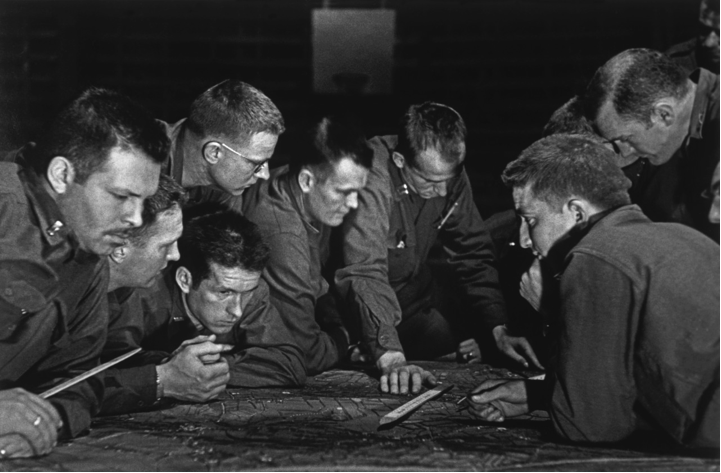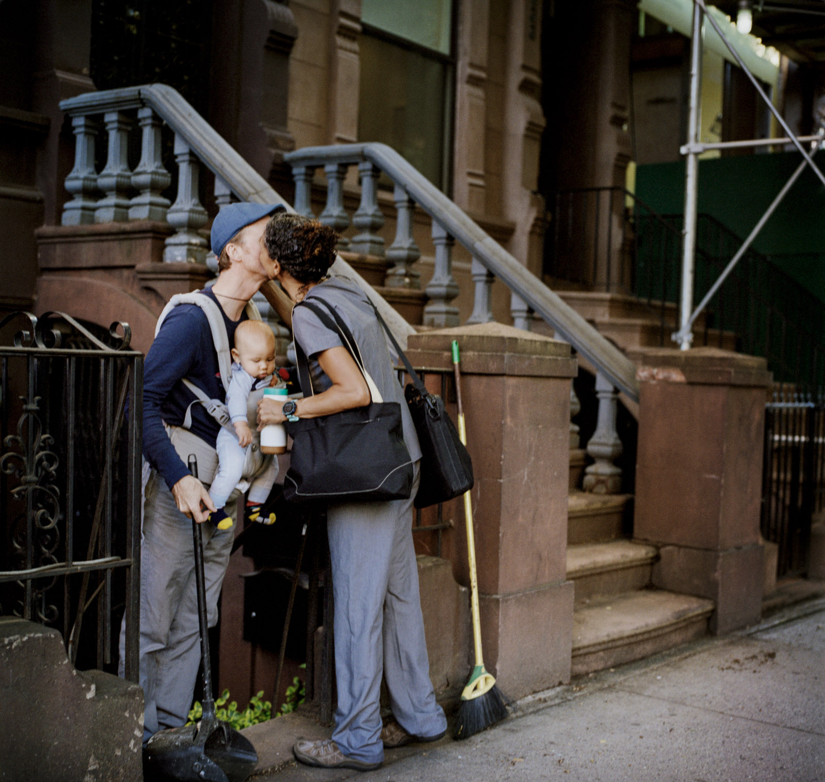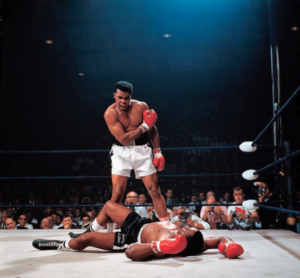PHOTOJOURNALISM ANALYSIS
In an objective way, photojournalism is taking photos at an event to supplement a written article about the event. For the audience, these photos draw them into the story and helps them relate to the people captured. In a subjective way, the relationship between the subject and its viewer can be very emotional; change occurs (politically, socially, and on many other levels) when these emotions are felt by many.
Our world is very visual, and information is able to be shared visually; billboards on highways or Instagram posts shared between friends, for example. For both of these, people are drawn to the visual components before much reading is done. In a way, the imagery helps the viewer read into the situation before actually reading the description. While newspaper and print journalism have declined, the advancement of technology has made photojournalism more important. Even for those who literally cannot see the image due to visual impairment, technology is able to describe those images and personify and bring the story into the real-world we all eventually have to face.
There are many different opportunities to present information in a visual way, small and large companies alike often have “communication teams” that are responsible for creating visual components for their consumers. Modern news-teams have specialized photographers and social media teams that responsible for publishing the image. Social media and the Internet bring the outside world into the users home each time they open and scroll through the app. This allows people to see the people, events, culture, and other aspects of any part of the world while still sitting at home.
The National Press Photographers Association provides a code of ethics to guide photojournalists, but much of it is still very subjective and can require deep thinking depending on the exact photo. There are many examples of controversial images that have been publicly published by news organizations; many of these images provoke thought and change, on some level. Photojournalists sometimes have the opportunity to capture a very cryptic, but largely impactful moment (think: “The Falling Man” by Richard Drew). As journalists rely on impactful imagery to draw in their audience, extra caution must be taken when publishing the photos they take if they have to cover a tragic event, especially of those who are deceased. Especially as the deceased become victims. These images are thought provoking and can be the exposure to a larger issue but should be published in a way that respects the victim’s dignity. The images of these events should be published on carefully selected platforms and presented in a way that doesn’t identify the victim if they are unable to consent and highlights the larger issue rather than grim details; at the end of the article and/or with audience warnings are both common methods on many media platforms. Most social media platforms force the user to manually elect to view an image that may be upsetting. Generally speaking, publishing images of bloody gore and nude photos should be reserved for audiences not seeking news information.
Photographers have worked in a journalistic way for over a century, capturing photos of the Civil War and other historical events that provide future generations the true look through their eyes and lenses. Robert Capa was the only photographer to capture the U.S. invasion of the Nazi Germany occupied Normandy, France during World War II in 1944 (D-Day). He took photos of troops emerging from the sea onto Omaha Beach, France, invading Nazi territory alongside them. He also photographed moments of the troops aboard the USS Samuel Chase in Great Britain days as they were planning the invasion. Two years later in 1947, he co-founded Magnum Photos to build a platform for photojournalists. The photo below captures an important moment; it’s easy to assume that the men are planning something important. They look eager and calculated yet unthreatening in this moment. Discovering the context of that photo puts the photos captured on the beach into a very human context. In that moment, they looked like the average group of coworkers collaborating on a project or a group of friends planning a fishing trip along the coast. They look like regular people. Compared to the photos taken on the beach, this photo is very calm and captures a clear moment. This photo was intentionally taken in a predictable and much safer scene. Light is coming from a light inside the ship, and the focus falls onto the men who are intently observing and focused on the marked-up-map in front of them. This moment can be created in many places, including Las Cruces/El Paso, when a group of people are gathered and planning something that may be risky but for the greater-good. In a literal way, there are two military bases within an hour from Las Cruces. In a broader way, there are many people who are intensely planning big events for many different, yet still significant, reasons.

Don McCullin’s photojournalism career began in 1956, shortly before the construction of the now-destruct Berlin Wall. One of the photos he captured during the wall’s construction in 1961 doesn’t show military, but still shows the physical divide caused by political division. The man couldn’t help himself and peeked through a crack in the wall. He looks like an average man during an average workday, but this wall is separating the city he lives in. The man is standing in West Berlin, peeking into East Berlin, and the sun is on his back. The unnamed man may be looking into an area where part of his family or close friends lived, and this may be their new relationship. The wall makes it impossible to know what he could have seen, but this photo of him brings to light an aspect of the disruption the Berlin Wall caused. With the U.S.-Mexico Border being in the Las Cruces/El Paso area and some of the current issues with that area, it is definitely possible to get photos like the one captured by McCullin. There are many families who are separated by the physical border-fence and because of political divisions.

Anastasia Taylor-Lind is a photojournalist who has done work for TIME, National Geographic, and the New York Times. Her focus is on photographing women’s issues, population, and war. Her work is very candid and raw, which allows for her audience to connect to the subject on a very deep level. Her recent project, The Childcare Crisis, focuses on the challenging aspect of childcare when both parents must work to provide the child’s material needs. The photo below shows a very unique side of parenting. A mother kisses her husband goodbye at their front stoop before going to work; their baby is strapped to the husband, and he is holding a dustpan. There are many families that rely on dual-income in the Las Cruces/El Paso area and beyond and many of these small moments like the one Taylor-Lind captured are the moments that make all the work worth it.







